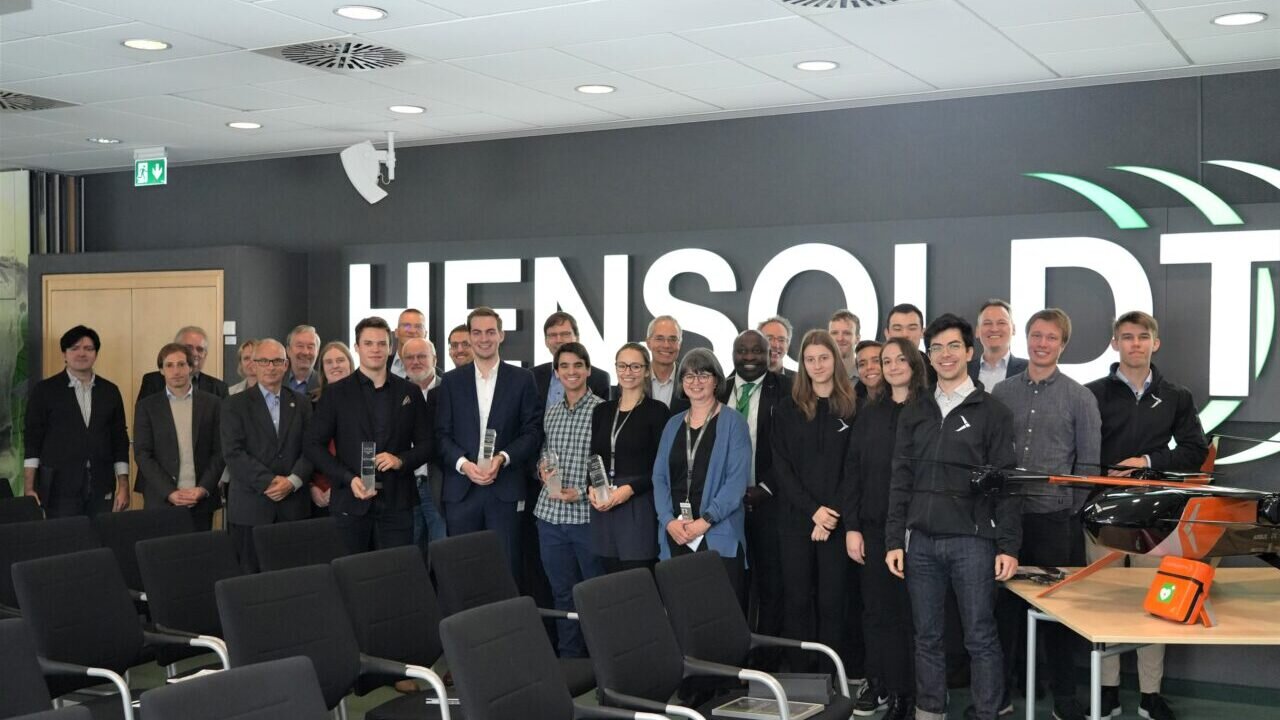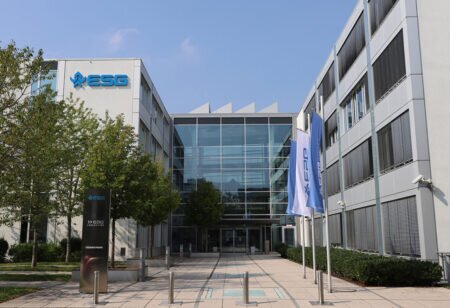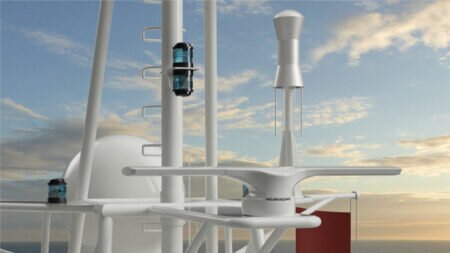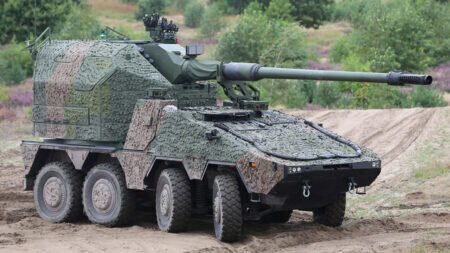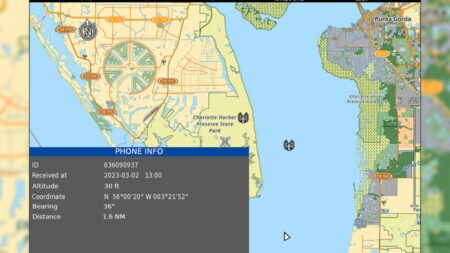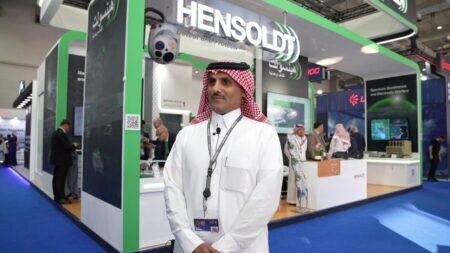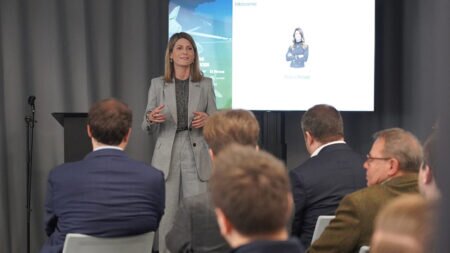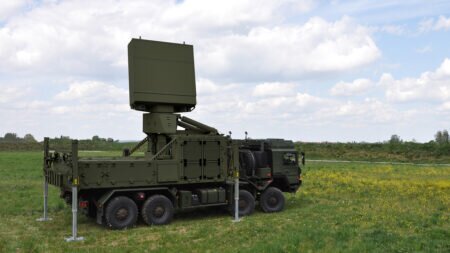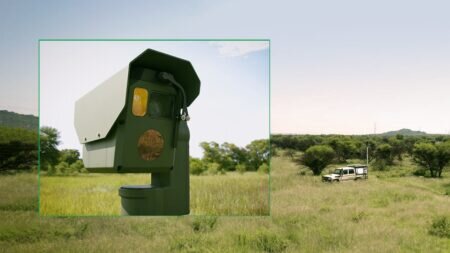Sensor solutions provider HENSOLDT has awarded the "Argus" research prize for the 20th time. The event honors first-class final theses in high-frequency and communications engineering, digital signal processing, optronics and cybertechnology.
In the anniversary year, the number of award-winning theses was doubled to a final of 15. A jury of university professors and company experts selected nine master's and six bachelor's theses from numerous submissions. The best master's thesis came from Thomas Weyland, RWTH Aachen University, who investigated a new, innovative process for future passive radar technology based on 5G mobile beacons. Elias Ruopp, Ulm University of Applied Sciences, won the prize for the best bachelor's thesis. He dealt with a new method of radar digitization technology. By means of so-called "compressed sensing," radar objects can be detected with high precision under the ground or sand. Both winners received 2,000 euros. In addition, the runners-up received 1,500 euros and the third-place winners 1,000 euros. For the first time, all other finalists were also awarded 250 euros for outstanding final theses.
The award was presented at the annual Professor’s Day, which was held in Ulm with over 100 participants. Professors from technically oriented universities and colleges as well as experts from the company regularly use this platform to exchange knowledge.
"Cooperation with research institutes and universities provides the company with new knowledge in specialist areas and is important for the further development of the technology group's product portfolio," elaborates Dr. Guy Kouemou, Technology Director of HENSOLDT. "The now 20-year history of the Professor's Day and "Argus" Award shows that we can only master the challenges of the future in close cooperation with institutes, universities and colleges."
At the HENSOLDT site in Ulm, some 2,500 employees are involved in the development and production of complex safety electronics, including radars, electronic protection systems and high-frequency electronics. The majority of employees are engineers and technicians, and around 230 young people are currently undergoing apprenticeships or dual studies.

